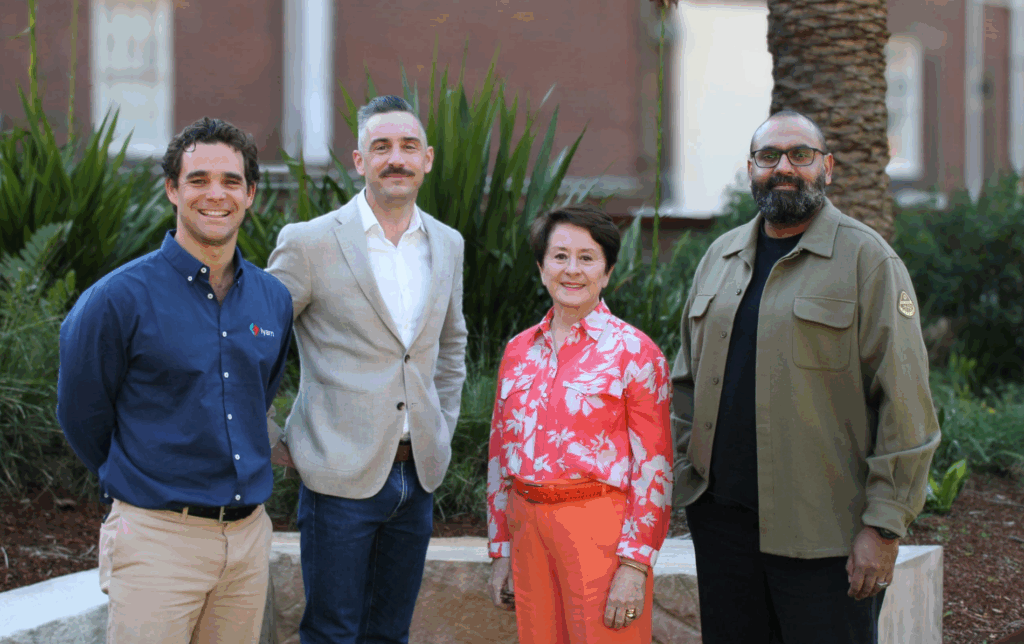Resource for teaching how to make friends and build connections
Adolescence is a period of rapid change and discovery. Making lasting friendships during this time is an important coping strategy and skill. This lesson explores ways students can form new connections in a variety of contexts.
Learning Intention
Students examine ways to form new connections and relationships.
Key Outcomes
By the end of the lesson, students will be able to:
- describe a variety of ways to make new friends
- identify some reasons why friends are important.
ACTIVITY 01 (15 minutes)
Bingo: Find someone who…
- Explain to students that one way to make new friends and get to know people is to identify things you have in common with them.
- Provide students with a 4×4 bingo grid. (They could draw this in their books or use a handout.)
- Invite students to roam the room talking to each other to find people who have things in common with them.
- For each match they find, students write what they have in common in one of the grid squares, and have their match sign the box.
- Students have completed the task when all the squares are filled.
Some examples could include:
- They like the same sport as you.
- They have the same number of family members as you.
- Their eyes are the same colour as yours.
- They follow the same football team as you.
- You like the same kind of music.
- Their name starts with the same letter as yours.
- Their pet dog is the same breed as yours.
- Like you, they broke their arm when younger.
Note: A time limit can be applied. Encourage students to fill as many squares as possible before the time is up.
ACTIVITY 02 (15 minutes)
Board rush: A gazillion ways to make new friends
- Explain to students that there are lots of different ways to make friends. Some friends will be from school, some from activities outside of school and others from their neighbourhood, or they may even have met online.
- Watch the ReachOut.com video ‘A gazillion ways to make new friends’.
3. Divide students into groups of 4 or 5. Give each group a whiteboard marker. Students line up behind each other at the board in their groups.
4. Students take turns writing an idea for making friends on the board. Once the first student has finished, they pass the marker to the next person in their group and move to the back of the line. Ideas can’t be repeated.
5. Provide a time limit or a goal number of ideas.
6. Once the students are finished, discuss the range of responses and highlight the most original or practical strategies.
ACTIVITY 03 (20 minutes)
Case study: Darren’s story
- Provide students access to the Reachout.com article ‘Darren’s story: Team mates to dream mates’.
- Read through the article as a class. You could read it aloud to the students, or have various students read sections to the rest of the class, or ask students to read the article individually.
- Provide students 10 minutes to answer the following questions:
- Identify the problem Darren faced in the first paragraph.
- What does ‘LGBT’ stand for?
- How was Darren feeling before he started playing?
- Explain the strategy Darren used to get him started playing.
- Describe how Darren was feeling at the end of the article.
- Describe what we can learn from Darren’s experience.
ACTIVITY 04 (10 minutes)
Acrostic poem: Friends
- Challenge students to create an acrostic poem using the word ‘friendships’.
- Write the letters on the board to help them.
- Encourage students to use different ideas from throughout the lesson.
- Ask them to share their poem with the person sitting next to them.
- Create a class poem using lines from different students’ poems.
Content has been created by ReachOut. To view more information about ReachOut click here.




